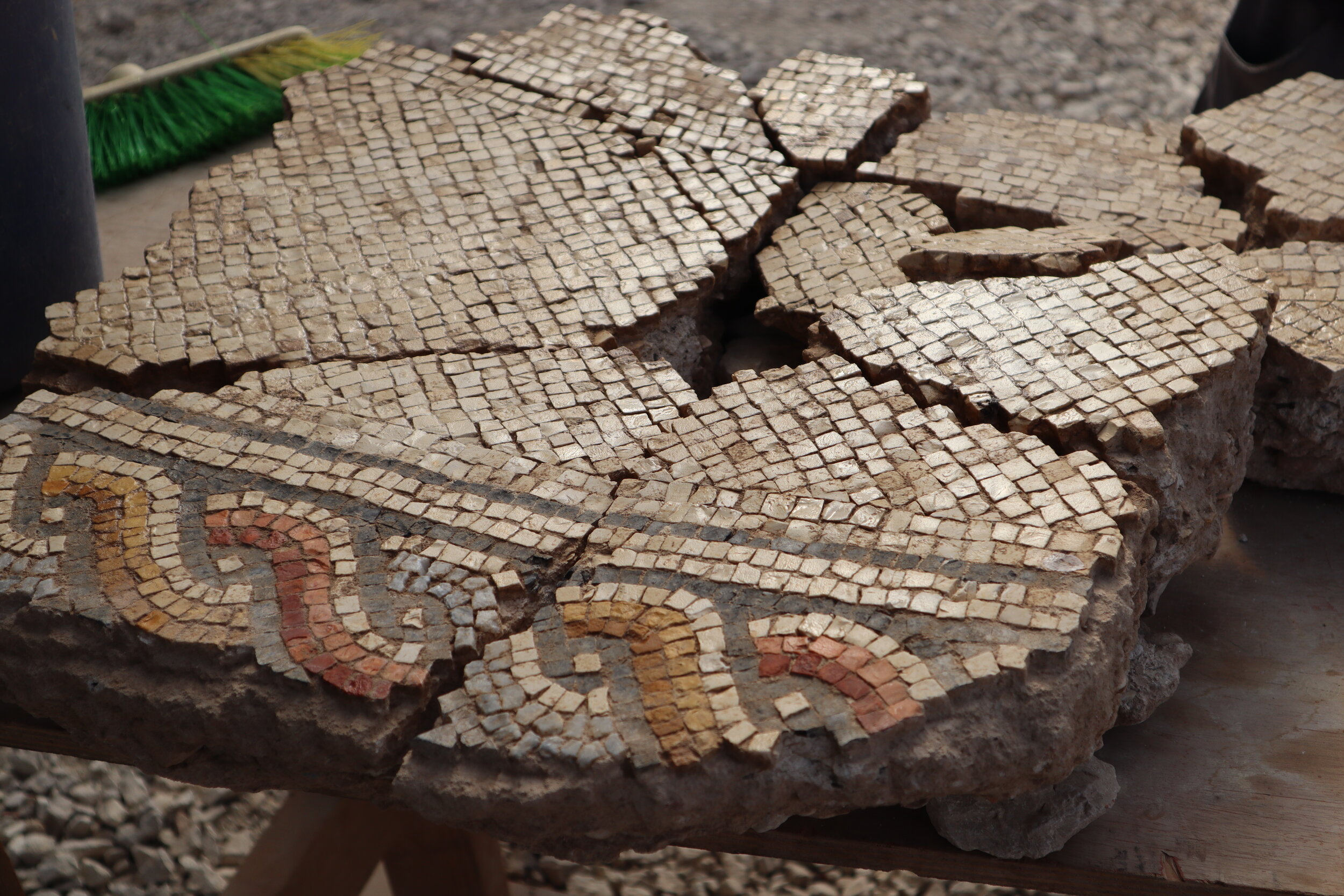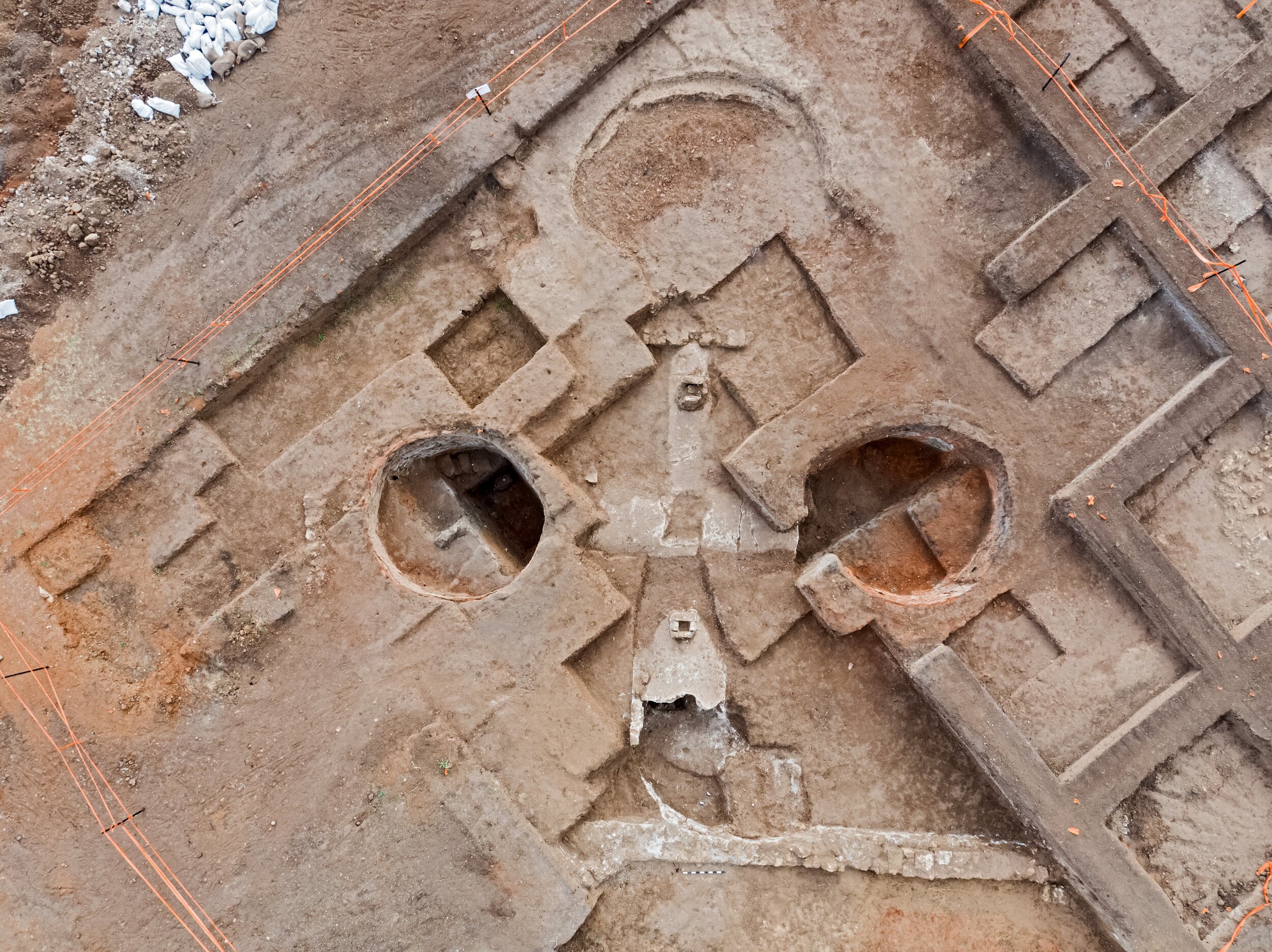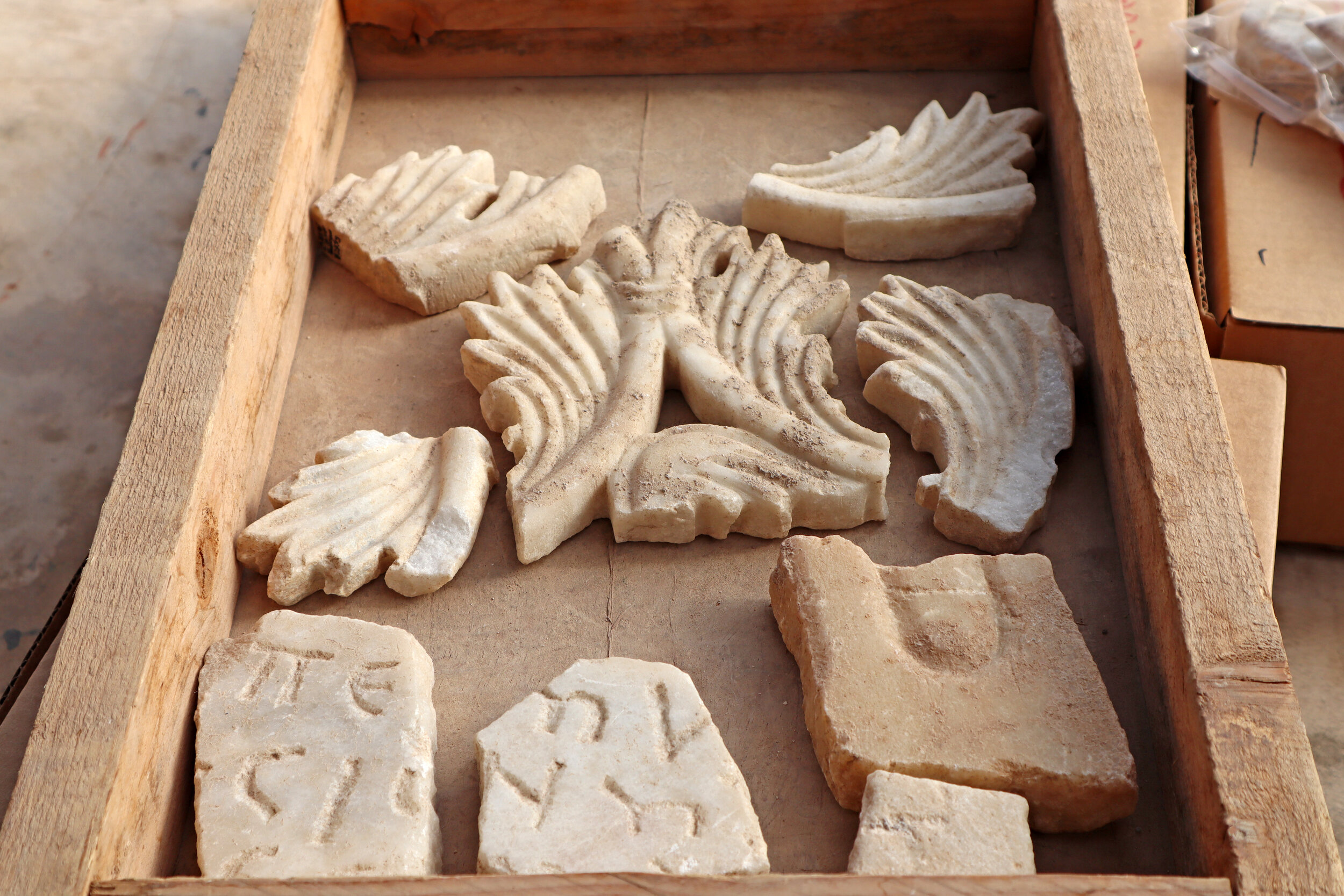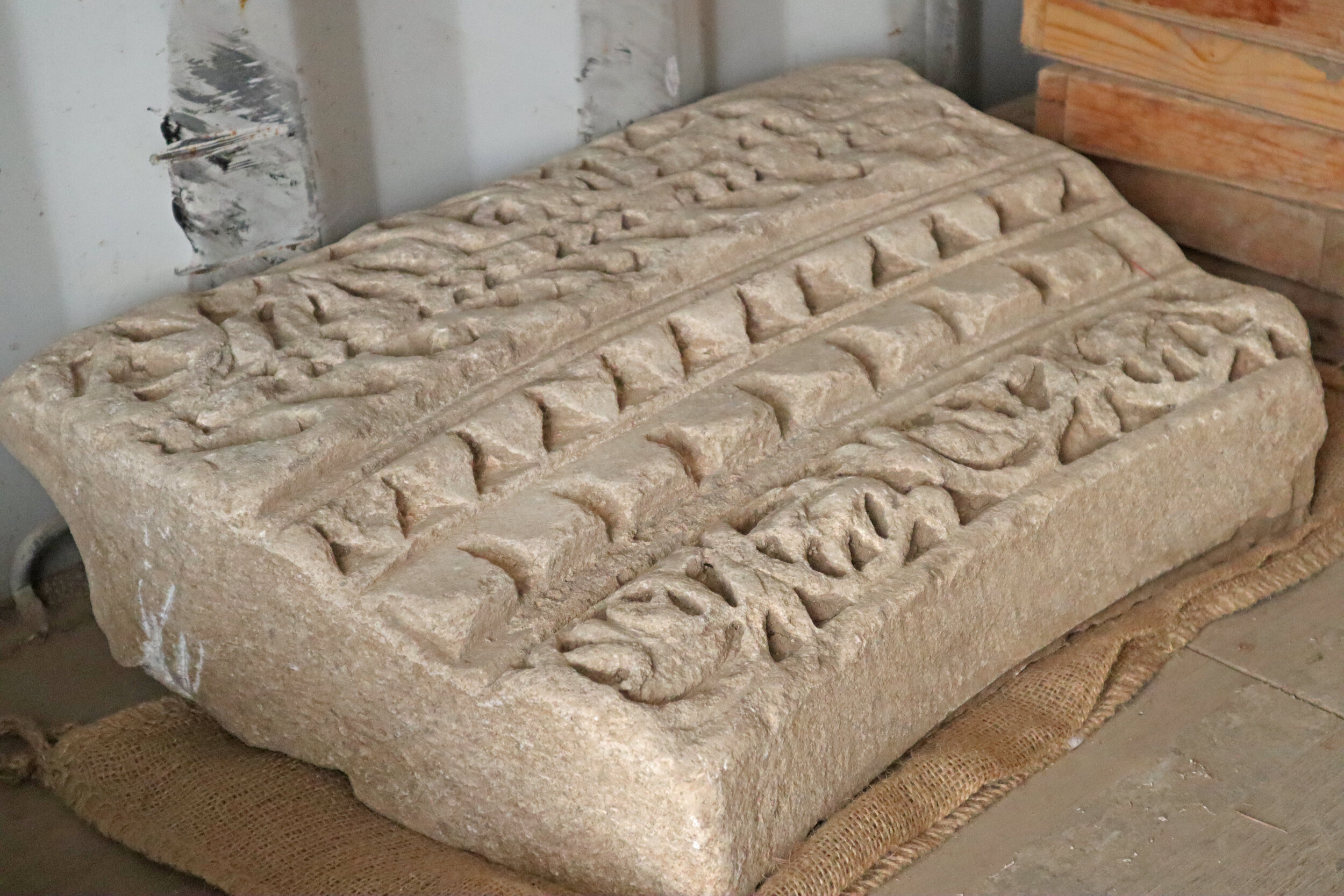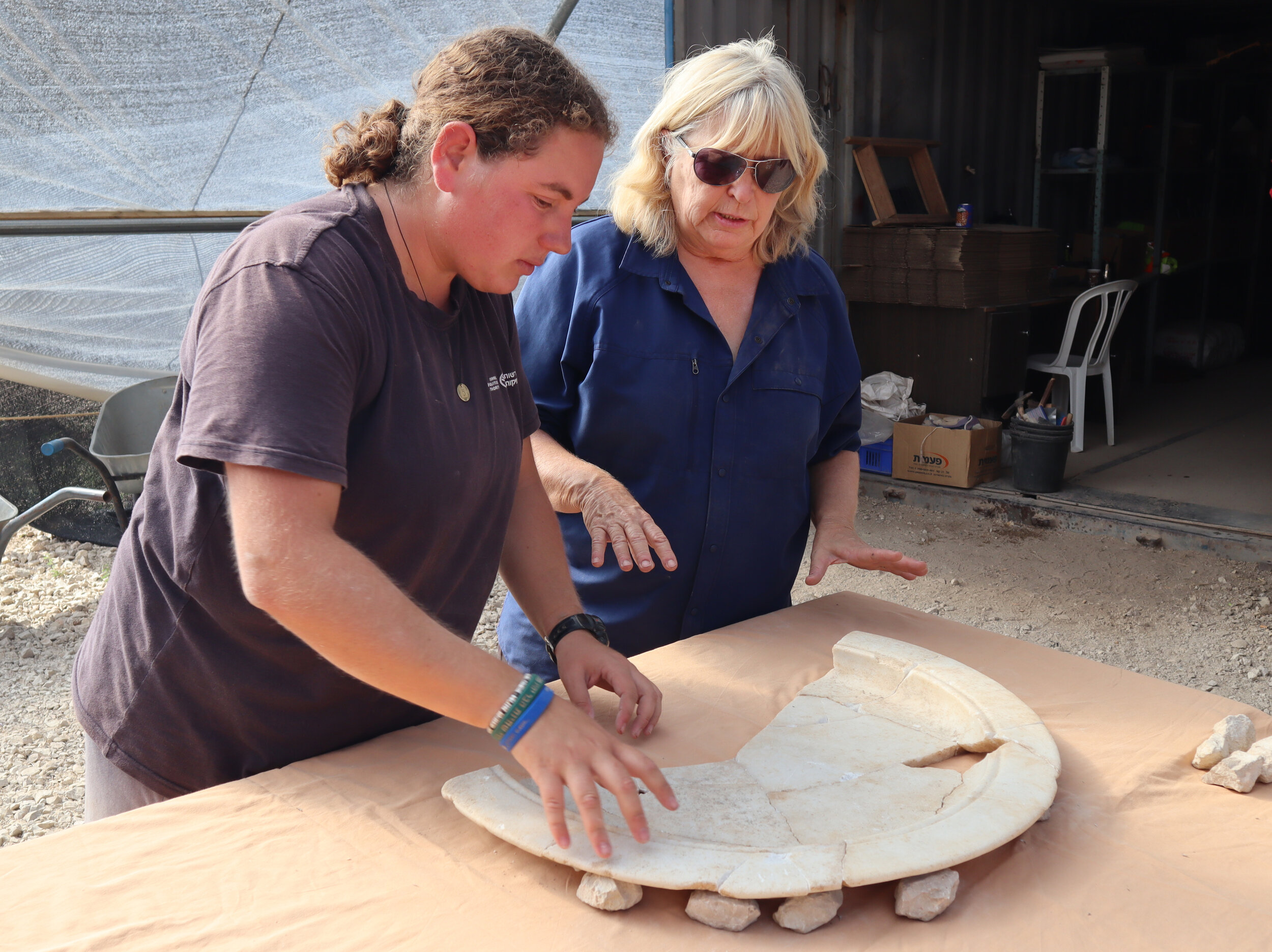Rare discovery shows Roman cuisine was part of ancient Israel’s diet.
Archaeologists with the Israel Antiquities Authority (IAA) recently discovered ancient vats for producing fish sauce about 2km south of Ashkelon. Fish sauce (garum) was a popular condiment in the Mediterranean diet during the Roman and Byzantine periods, but archaeologists have rarely found the installations used to produce it. These vats are among the few discovered in the Eastern Mediterranean.
“ Long before pasta and pizza, the ancient Roman diet was based largely on fish sauce. Historical sources refer to the production of special fish sauce, that was used as a basic condiment for food in the Roman and Byzantine eras throughout the Mediterranean basin.”
One explanation for the seldom discovery of garum installations is the fact that producing fish sauce is a smelly business. According to Dr. Tali Erickson-Gini from the IAA, ancient sources describing garum production “report that the accompanying strong odors during its production required its being distanced from urban areas.” This is exactly what archaeologists found to be the case at Ashkelon, as the production site was about 2km away from the main city.
Garum installations. Photo: Assaf Peretz, Israel Antiquities Authority.
In addition to its uncommon nature, this discovery is significant because of what it tells us regarding the spread of Roman Culture. According to Dr. Tali Erickson-Gini, “The discovery of this kind of installation in Ashkelon evinces that the Roman tastes that spread throughout the empire were not confined to dress but also included dietary habits.”
The Roman site, together with its garum installations, was eventually abandoned. However, being a favorable area for cultivating vineyards, a Byzantine monastic community was established there in the 5th century CE. The community made a living from wine production, as evidenced by three winepresses built next to an elaborately decorated church. Little of the church survived to be uncovered, but architectural fragments found on site show that it was decorated with impressive mosaics and marble. Nearby, archaeologists unearthed a large kiln complex used to produce wine jars. Apparently, the jars were for exporting wine.
Dr. Erickson-Gini says “The site, which served as an industrial area over several periods, was again abandoned sometime after the Islamic conquest of the region in 7th c. CE and later nomadic families, probably residing in tents, dismantled the structures and sold the different parts for building material elsewhere.” Evidence of this was found in the winepresses vats, which were turned into refuse pits containing the bones of large pack animals such as donkeys and camels.
The Byzantine winepresses. Photo: Asaf Peretz, Israel Antiquities Authority.
The excavation was underwritten by the Municipality of Ashkelon and the Ashkelon Economic Co. in preparation for establishing an Eco-Sport Park for the modern inhabitants of Ashkelon. The IAA conducted the excavations with help from youths of the Kibbutz Movement from Kibbutz Yad Mordecai and pupils from the Makif Vav middle school located next to the project.
Work in the Ashkelon excavation. Photo: Anat Rasiuk, Israel Antiquities Authority.
Abby VanderHart, FIAA Contributor.



